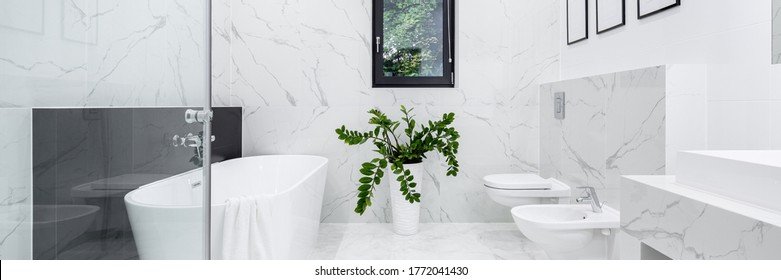How to Install a Handheld Bidet: A Comprehensive Guide

Installing a handheld bidet can significantly enhance your bathroom’s functionality and hygiene. A handheld bidet sprayer offers a convenient, eco-friendly alternative to traditional toilet paper. It provides a more thorough cleaning and the ability to perform multiple cleaning tasks, such as washing cloth diapers or cleaning the toilet area itself. Here’s a step-by-step guide by https://www.plumbersingapore.org/ to help you install a handheld bidet in your bathroom.
Preparation
Before you begin, gather all the necessary tools and materials for the installation. Typically, the kit includes a sprayer, a flexible hose, a T-valve adapter, a wall bracket or hook for the sprayer, and possibly some Teflon tape. Ensure you have everything required according to the kit’s instructions.
Step 1: Unbox and Inspect
Open your handheld bidet kit and check that all parts are included and intact. Familiarize yourself with each component: the sprayer hose, handheld sprayer, T-valve, and mounting hardware such as screws and wall anchors.
Step 2: Turn Off Water Supply
Locate the shutoff valve near your toilet, usually on the wall behind or beside it. Turn this valve to the off position to stop water flow to your toilet. This is a crucial step to prevent water spillage during installation.
Step 3: Empty the Toilet Tank
Flush your toilet to drain the water from the tank. Since water supply is cut off, the tank will not refill, making it safe to start disconnecting the water line.
Step 4: Detach the Water Line
Put a bucket below the toilet tank to catch any residual water. Unscrew the water line from the base of the toilet tank. This is usually connected with a coupling that can be loosened by hand or with a wrench.
Step 5: Install the T-Valve
Attach the T-valve to the tank where the water line was connected. Ensure that the rubber washer is in place inside the T-valve to prevent leaks. Hand-tighten the valve, ensuring it is secure but not over-tightened, which could damage the threads or washer.
Step 6: Reconnect the Water Line
Reattach the water line to the bottom of the T-valve. Again, ensure this connection is tight to prevent leaks but avoid over-tightening.
Step 7: Attach the Sprayer Hose
Connect one end of the sprayer hose to the free threading on the T-valve. Ensure that each connection point has a rubber gasket to prevent leaks. Attach the other end of the hose to the handheld sprayer.
Step 8: Install the Sprayer Holder
Decide where you want to place the sprayer holder. It can be mounted on the wall or hooked onto the tank, depending on your bathroom layout and your preferences. If mounting to the wall, you may need to drill holes and use wall anchors and screws. For tank mounting, typically, no tools are required as the holder will clip onto the side of the tank.
Step 9: Test for Leaks
Turn water supply back on by reopening the shutoff valve and check for any leaks at each connection point. Adjust and tighten any fittings if necessary. Test the bidet sprayer to see if it operates correctly. Adjust the water pressure if needed to ensure a comfortable spray strength.
You can click this link https://www.plumbersingapore.org/bidet-spray-installation-replacement/ to book your plumbing related services.
Conclusion
Installing a handheld bidet is a simple yet effective upgrade that can improve your bathroom’s hygiene capabilities. You can enjoy the benefits of a bidet without the need for significant plumbing changes by following these steps. Always follow the manufacturer’s instructions closely and take your time to ensure a secure and effective installation.






